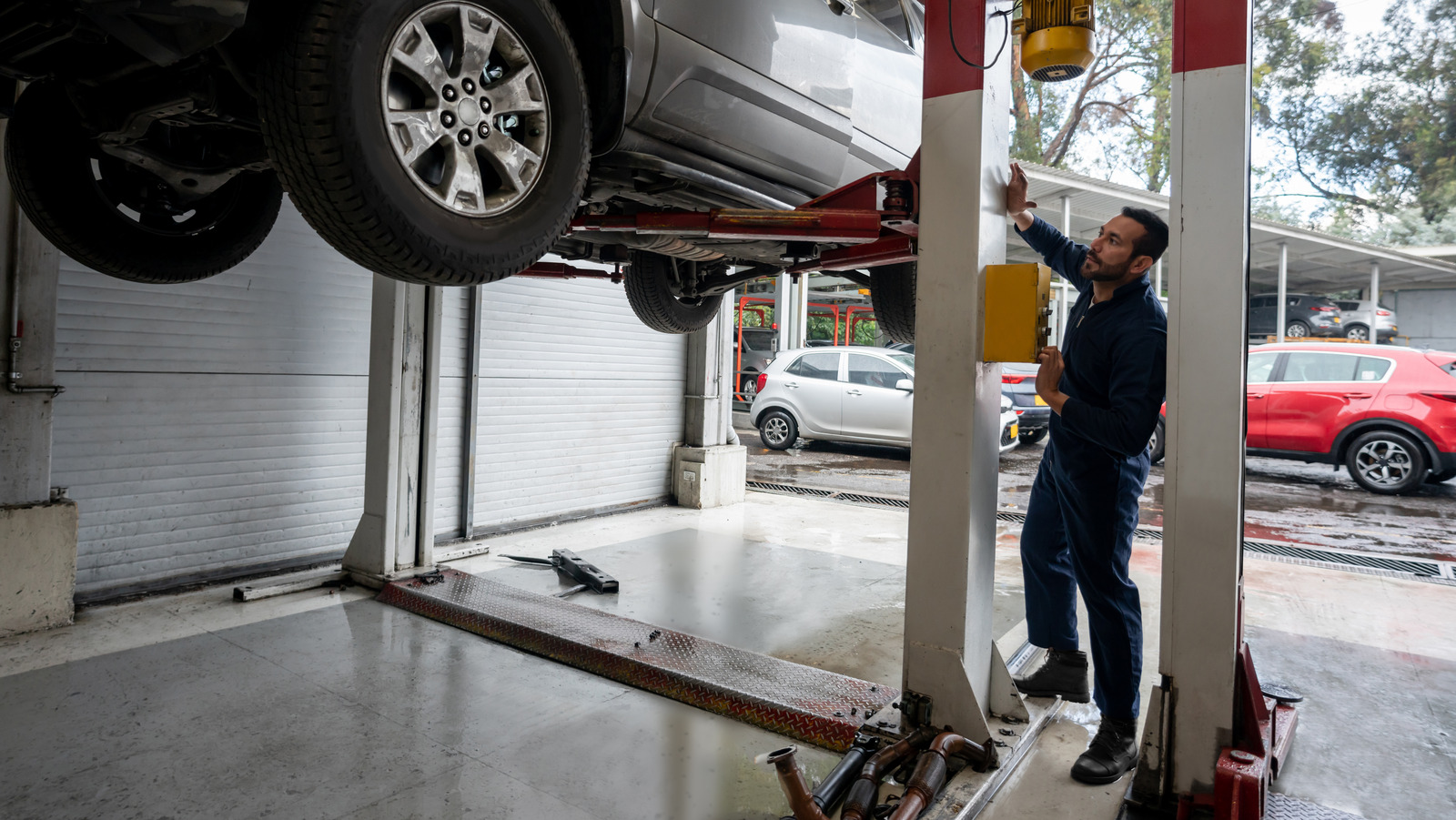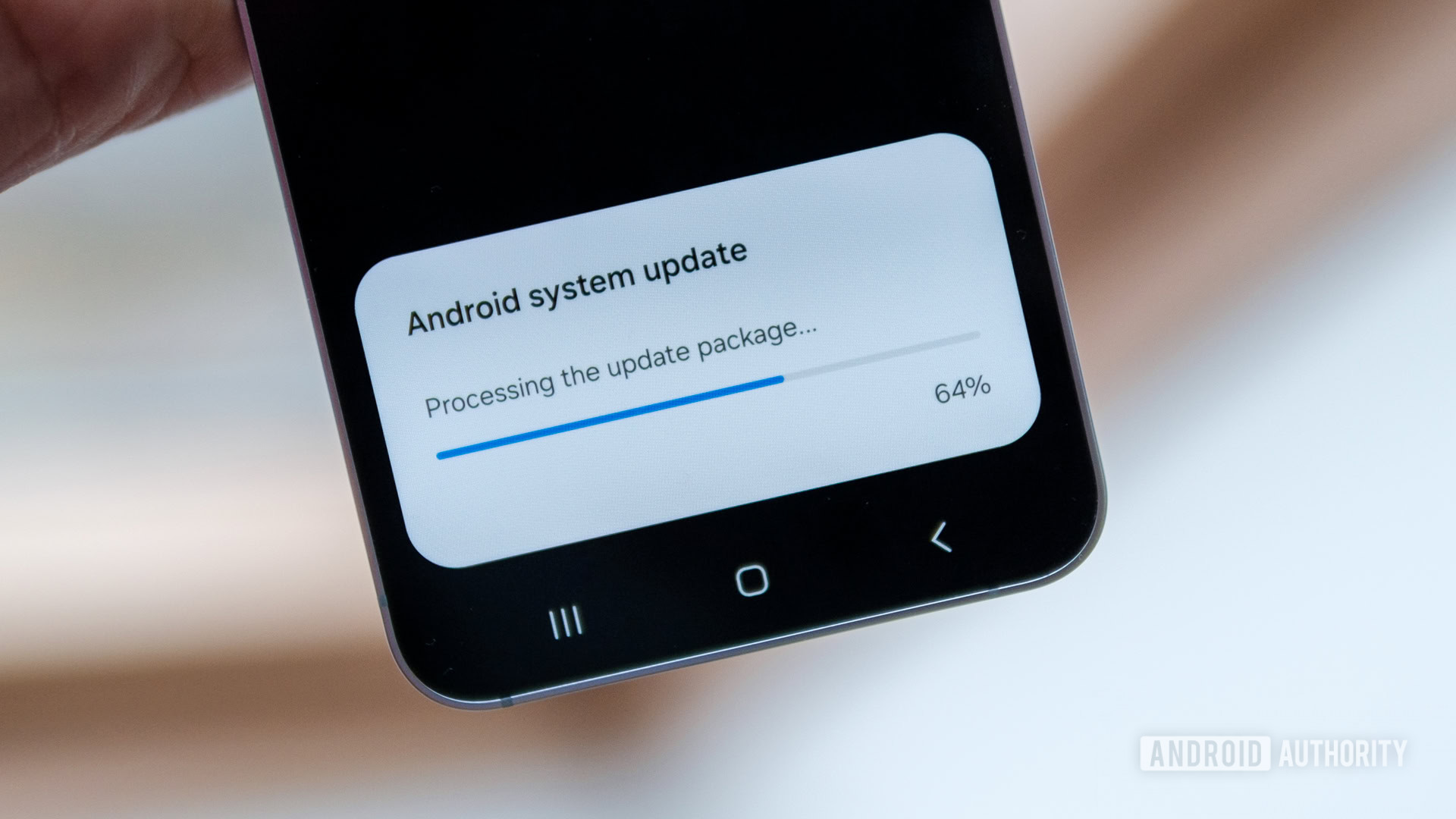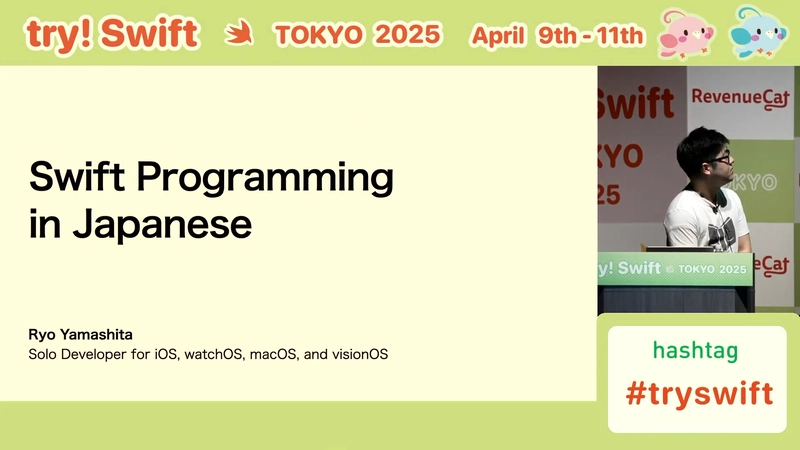ReactJS Best Practices to Follow in 2025 for Clean and Maintainable Code
ReactJS is one of the most popular JavaScript libraries for building user interfaces. It is widely used by startups, enterprises, and product teams across the world. To keep up with the changing trends and growing applications, it’s important to follow updated development techniques. A professional React JS Development Company will always follow certain coding standards to ensure apps are scalable and easy to maintain. In this blog, we will look at the top ReactJS best practices every developer should follow in 2025. 1. Keep Components Small and Focused A small component is easy to understand and test. If a component is doing too many things, it becomes hard to manage. Keep each component focused on a single task. This makes it easier to debug and reuse. When your components are small, your codebase becomes clean and flexible. 2. Use Functional Components and Hooks Since the introduction of hooks, functional components have become the standard in React development. They are easier to read and test. Avoid using class components unless necessary. Hooks like useState, useEffect, and useContext help manage logic in a cleaner way. This is now a core part of ReactJS best practices. 3. Organize Folder Structure A clear folder structure improves code navigation. Group files based on features rather than types. For example, keep all files related to a feature in one folder. This helps in scaling the app. It also makes onboarding new developers easier. Follow consistent naming conventions for files and folders. 4. Use TypeScript with React Using TypeScript adds type safety to your code. It helps catch errors during development. TypeScript also makes your code more predictable. It improves editor support and makes it easier to refactor code. Most ReactJS best practices now recommend using TypeScript by default. 5. Avoid Prop Drilling Prop drilling means passing data through many layers of components. This makes the code hard to manage. Instead, use the Context API or state management tools like Redux or Zustand. These tools make data flow more manageable. It improves the overall structure of the app. 6. Write Reusable Components Don’t repeat yourself. If you find yourself writing similar UI elements, make a reusable component. For example, if you have the same button style across pages, create a Button component. This makes your UI consistent. It also saves development time and avoids bugs. 7. Use Meaningful Naming Naming is important. Use clear and descriptive names for variables, components, and functions. This improves readability. Avoid abbreviations that are hard to understand. A good name makes the code self-documenting. This is a simple but essential part of ReactJS best practices. 8. Use ESLint and Prettier Code formatting tools help maintain consistency. Use ESLint to catch bugs and enforce coding rules. Prettier helps format code automatically. These tools work together to keep your code clean. They also reduce unnecessary code review discussions. 9. Handle Errors Gracefully Don’t ignore errors. Use error boundaries to catch rendering errors in components. Also, handle API errors properly. Show user-friendly error messages. Logging errors can help track issues in production. This improves the user experience and helps maintain the app in the long run. 10. Keep Dependencies Updated Outdated dependencies can cause security issues. Always keep your packages updated. Use tools like npm-check-updates to check for outdated packages. This keeps your app secure and up to date with the latest features and fixes. Conclusion Following ReactJS best practices in 2025 ensures your code is clean, efficient, and easy to scale. It also improves team collaboration and reduces bugs. Whether you are building a small project or a large application, these practices make a big difference. If you want to build high-quality React apps, consider hiring a trusted React JS Development Company. Their expertise can save you time and effort. To build strong and scalable web apps, always hire ReactJS Developers who follow modern standards and practices.

ReactJS is one of the most popular JavaScript libraries for building user interfaces. It is widely used by startups, enterprises, and product teams across the world. To keep up with the changing trends and growing applications, it’s important to follow updated development techniques. A professional React JS Development Company will always follow certain coding standards to ensure apps are scalable and easy to maintain. In this blog, we will look at the top ReactJS best practices every developer should follow in 2025.
1. Keep Components Small and Focused
A small component is easy to understand and test. If a component is doing too many things, it becomes hard to manage. Keep each component focused on a single task. This makes it easier to debug and reuse. When your components are small, your codebase becomes clean and flexible.
2. Use Functional Components and Hooks
Since the introduction of hooks, functional components have become the standard in React development. They are easier to read and test. Avoid using class components unless necessary. Hooks like useState, useEffect, and useContext help manage logic in a cleaner way. This is now a core part of ReactJS best practices.
3. Organize Folder Structure
A clear folder structure improves code navigation. Group files based on features rather than types. For example, keep all files related to a feature in one folder. This helps in scaling the app. It also makes onboarding new developers easier. Follow consistent naming conventions for files and folders.
4. Use TypeScript with React
Using TypeScript adds type safety to your code. It helps catch errors during development. TypeScript also makes your code more predictable. It improves editor support and makes it easier to refactor code. Most ReactJS best practices now recommend using TypeScript by default.
5. Avoid Prop Drilling
Prop drilling means passing data through many layers of components. This makes the code hard to manage. Instead, use the Context API or state management tools like Redux or Zustand. These tools make data flow more manageable. It improves the overall structure of the app.
6. Write Reusable Components
Don’t repeat yourself. If you find yourself writing similar UI elements, make a reusable component. For example, if you have the same button style across pages, create a Button component. This makes your UI consistent. It also saves development time and avoids bugs.
7. Use Meaningful Naming
Naming is important. Use clear and descriptive names for variables, components, and functions. This improves readability. Avoid abbreviations that are hard to understand. A good name makes the code self-documenting. This is a simple but essential part of ReactJS best practices.
8. Use ESLint and Prettier
Code formatting tools help maintain consistency. Use ESLint to catch bugs and enforce coding rules. Prettier helps format code automatically. These tools work together to keep your code clean. They also reduce unnecessary code review discussions.
9. Handle Errors Gracefully
Don’t ignore errors. Use error boundaries to catch rendering errors in components. Also, handle API errors properly. Show user-friendly error messages. Logging errors can help track issues in production. This improves the user experience and helps maintain the app in the long run.
10. Keep Dependencies Updated
Outdated dependencies can cause security issues. Always keep your packages updated. Use tools like npm-check-updates to check for outdated packages. This keeps your app secure and up to date with the latest features and fixes.
Conclusion
Following ReactJS best practices in 2025 ensures your code is clean, efficient, and easy to scale. It also improves team collaboration and reduces bugs. Whether you are building a small project or a large application, these practices make a big difference. If you want to build high-quality React apps, consider hiring a trusted React JS Development Company. Their expertise can save you time and effort. To build strong and scalable web apps, always hire ReactJS Developers who follow modern standards and practices.










































































































































































![[The AI Show Episode 146]: Rise of “AI-First” Companies, AI Job Disruption, GPT-4o Update Gets Rolled Back, How Big Consulting Firms Use AI, and Meta AI App](https://www.marketingaiinstitute.com/hubfs/ep%20146%20cover.png)










































































































































































.png?width=1920&height=1920&fit=bounds&quality=70&format=jpg&auto=webp#)































































































_Aleksey_Funtap_Alamy.jpg?width=1280&auto=webp&quality=80&disable=upscale#)
_Sergey_Tarasov_Alamy.jpg?width=1280&auto=webp&quality=80&disable=upscale#)















































































































![Apple Foldable iPhone to Feature New Display Tech, 19% Thinner Panel [Rumor]](https://www.iclarified.com/images/news/97271/97271/97271-640.jpg)
![Apple Developing New Chips for Smart Glasses, Macs, AI Servers [Report]](https://www.iclarified.com/images/news/97269/97269/97269-640.jpg)
![Apple Shares New Mother's Day Ad: 'A Gift for Mom' [Video]](https://www.iclarified.com/images/news/97267/97267/97267-640.jpg)
![Apple Shares Official Trailer for 'Stick' Starring Owen Wilson [Video]](https://www.iclarified.com/images/news/97264/97264/97264-640.jpg)



































































































